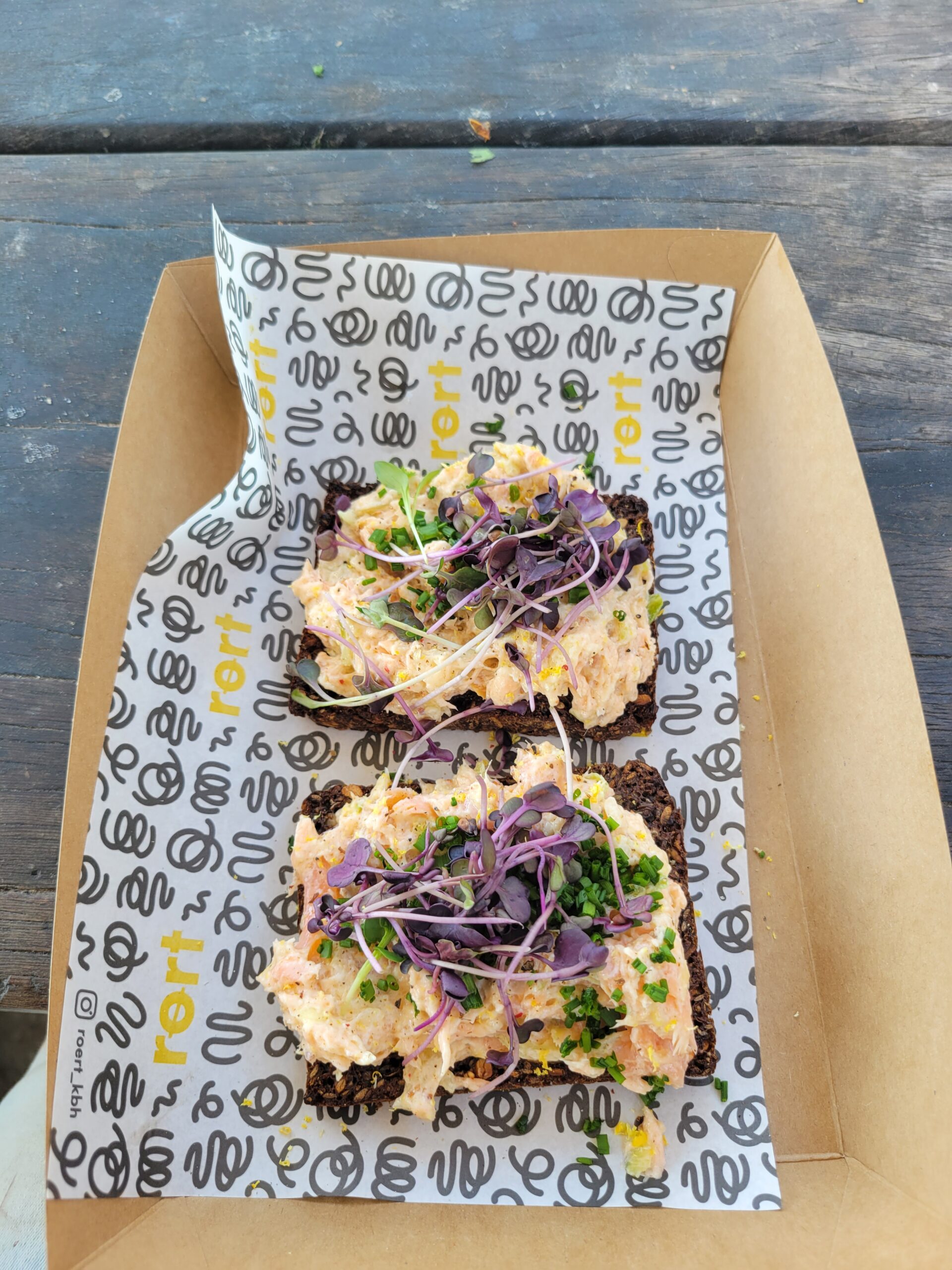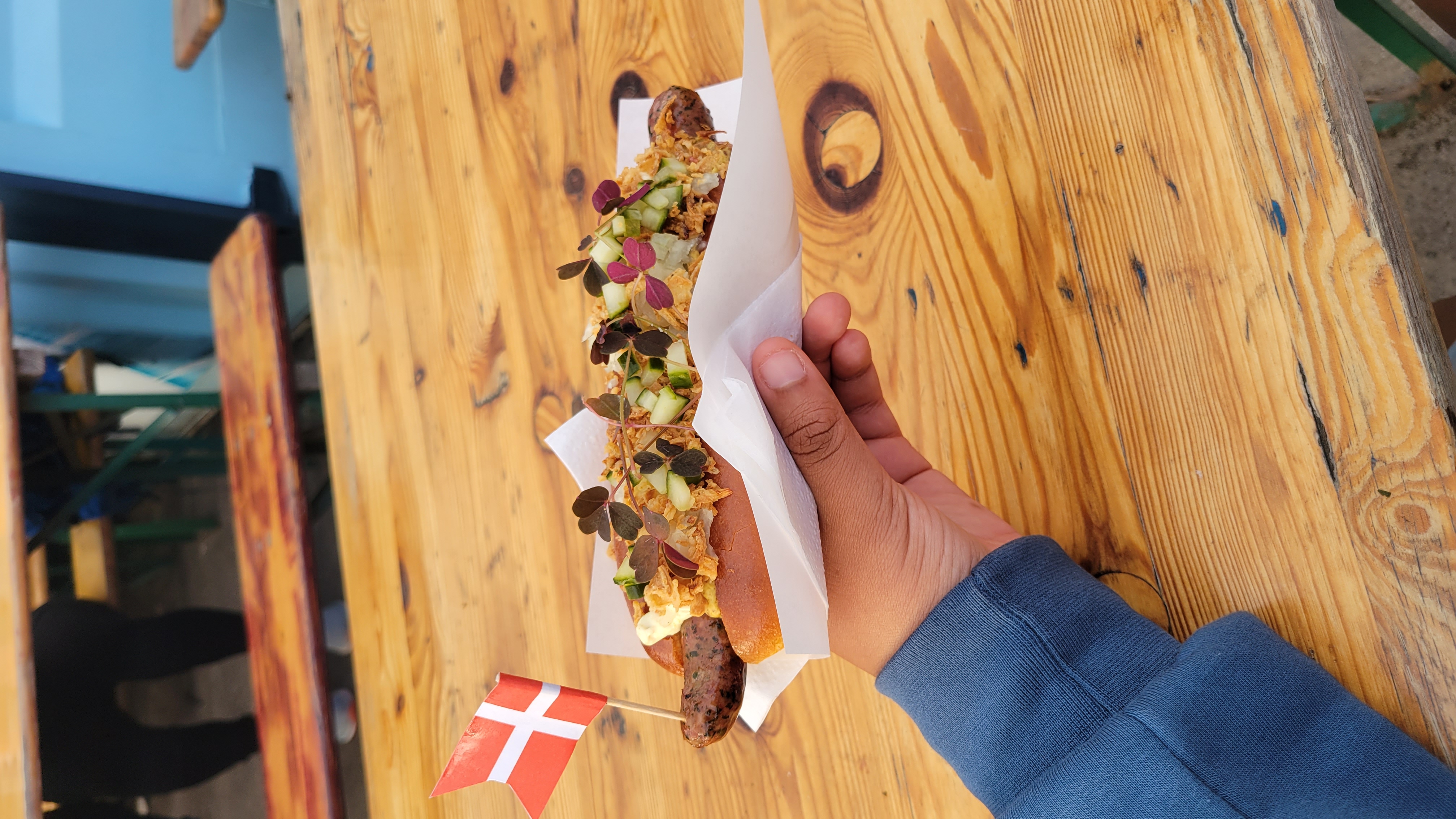
What I Learned From People-Watching: My Half Baked Ethnography
Majors
Regions
This past Winter semester (January-April for people unaware of the University of Michigan’s semester schedule), I took an anthropology class. A couple weeks into the class, we started preparing for an ethnography that was to be turned in as a final semester project. An ethnography is the research of the “who, what, where, why, and how” a culture is existing and thriving or sometimes how it’s barely surviving. Both qualitative (i.e. interviews) and quantitative (i.e. anonymous surveys) methods are used to gather information about a group of people and their culture. Participation observation is often used to experience a culture at face value, but observing, specifically people watching can be a powerful tool to gather information. I was able to hone my people-watching skills while gathering data for my ethnography project (if you’re curious, my team members and I decided to study the Michigan Unions aka student hubs on campus), and it’s been useful, especially on a long train ride. People-watching has been helpful to acclimate with the Swedes and Danes as best as possible. Not that I’m not authentic, but as they say, when in Rome, do as the Romans. It’s also a good method to compare American culture to Scandinavian culture; an “etic” methodology if you will. I didn’t interview anyone, as Scandinavians are not as willing to talk to strangers as Americans are, but if I were to write a real ethnography, I would need to talk to some willing Swedes and Danes. But without further ado, here are some cross-cultural observations that I made while studying abroad.
-Americans are super loud:
Not only are we loud (read: louder than Scandinvians ) but we also talk in places that Scaandinvians tend to be quiet in. When my class was waiting in the airport to leave Copenhagen for our study tours, I realized that we were extremely loud. Everybody else, even families with small children, were being more quiet than us. We got some annoyed looks, some amused looks; the volume level was indeed loud, but it wasn’t because we were shouting. It was normal voice level for us, but I did try to be a little more quiet. It didn’t help much though.
This isn’t to say Scandinavians can’t be loud. When I went to the honoring of the Tour de France winner (Jonas Vingegaard, a Danish man), all the Danes were cheering loudly and screaming out of joy. Same volume level as if you went to your typical American Football Game. Scandinavians do like to generally keep to themselves, but it seems like it’s more socially acceptable to be collectively loud for an event.
-Swedes and Danes are as proud of Sweden and Denmark as Americans are proud of America:
I’d take this observation with a grain of salt as not every citizen of a country has a nationalistic view towards their motherland; I’m somewhat using stereotypes. However, I was surprised at the amount of flag raising and hailing to the countries of Sweden and Denmark. To be fair, this was based on my observations inside the center of the capital cities (Stockholm and Copenhagen), but when you take the metro outside the city, there is still merchandise that people wear or have posted on their belongings or homes. I’ve just always thought of the United States as the only country with that much pride in itself, but if I think about it, it does make sense. Europeans are proud of their respective countries (sometimes to a fault) and when they came and claimed land in modern America as their own, they mimicked that same pride.
-Scandinavians love their sweets as much as Americans:
My first day of DIS classes in Stockholm, I learned that on average, Swedes eat between 15-17 kilos of sweets every year, which was kind of surprising. I thought of the United States as the country of sweets, but the Swedes are eating more than us on average (we eat about 4 kilos/8 lbs per year). Danes eat even more than Swedes, clocking in about 12.3 kilos (https://www.healthandscience.eu/index.php?option=com_content&view=article&id=2282:danes-are-candy-masters-and-their-habit-contributes-to-overweight-diabetes-and-other-lifestyle-diseases&catid=20&lang=en&Itemid=198) which is really bizarre. Most people think of the United States as a sweet consuming country, and this isn’t to negate our existing obesity epidemic, but I thought we ate the most sweets. There are sweet and pastry shops at every corner, and “loose-candy” (akin to getting candy from bulk bins in the US) is very popular in grocery stores and at the movies. I have a pretty big sweet tooth (but I think it’s going away as I get older), and I did partake in trying Swedish and Danish sweet treats, but I think since the treats are of a higher quality than what you will find readily available in the US, you aren’t mindlessly eating sweets. I will miss the kardemummabullar (cardamom bun) and Tebirkes (tea poppy seed buns) when I leave Europe. Hopefully I can find a copycat recipe that I really like and make them once in a while.
-Scandinavian grocery stores are not a one-stop-shop like American ones:
This was something that I had to get used to since eating out (especially in Copenhagen) can get pretty expensive. When I needed to buy food, there wasn’t any problem. Additionally, the produce available at your local ICA (Sweden’s leading grocery retailer) or Netto (Denmark’s leading grocery retailer) is pretty good. I got some fantastic tasting and photogenic strawberries from Netto several times. However, if you need cleaning items like a mop or broom, laundry detergent or dish soap, makeup or medication, or most things that aren’t food related (you can find small cleaning products and baby items in ICA and Netto), you need to take multiple trips to different stores. When my apartment needed some sweeping in Denmark, I was like “Oh, I’ll go run to Netto and get a broom”. Spoiler alert: I did not find a broom. I had to look at a Reddit thread from 6 years ago to find a recommendation to go to a paint store to get a broom. The store was called Røverkøb, so if you need to buy a broom and you are living near the center of Copenhagen, go there. Jysk and Ikea would have been backups. I digress, I enjoy that most grocery stores in the US are one-stop-shops because theoretically you don’t need to go to several stores to get what you need. I think having separate stores for separate needs is not just a Scandinavian concept, but a European one. When my class went on a study tour to Paris, I needed to get some cortisol cream (aka Benadryl), and instead of going to a grocery store and picking it up, I went to a pharmacy. It was admittedly a little farther from the hotel, but pharmacies (they have a green cross if you are ever in need) are very plentiful.
-Europeans don’t mind if you’re American:
Someone in my last class summed it up pretty well, the fact that we were somewhat ashamed of our “American-ness” when coming to Europe. Not that Europe has a squeaky-clean history, but the United States of America has harmed several marginalized groups through government policies, both in the past and present. I’ve read online takes about Americans and talked to international students on campus and sometimes their image of America or American citizens makes them cringe. I was kind of worried that image would tarnish my interactions with Europeans, but it seems that in reality, they are more amused. Of course American news does make international headlines, but Europeans, more specially Scandinavians, consume a lot of movies, TV shows, and books made in the US. It is mainly through those media outlets that Scandinavians tailor their image of Americans. While entertainment is not always based in reality, some aspects of American culture which are totally normal to us, both amaze and puzzle people. One Danish woman that I spoke to at a food market was surprised that our big yellow school buses are a real thing, which I kind of laughed at. From my perspective, my interactions with Scandinavians, Italians, and the French have been pretty amicable. Sure, they can be brutally honest and don’t smile as often as Americans do, but when they have the opportunity to share parts of their culture that they are very proud of (often through the medium of food), they are very excited to talk to you. I think that’s really beautiful. But I also really like food.

